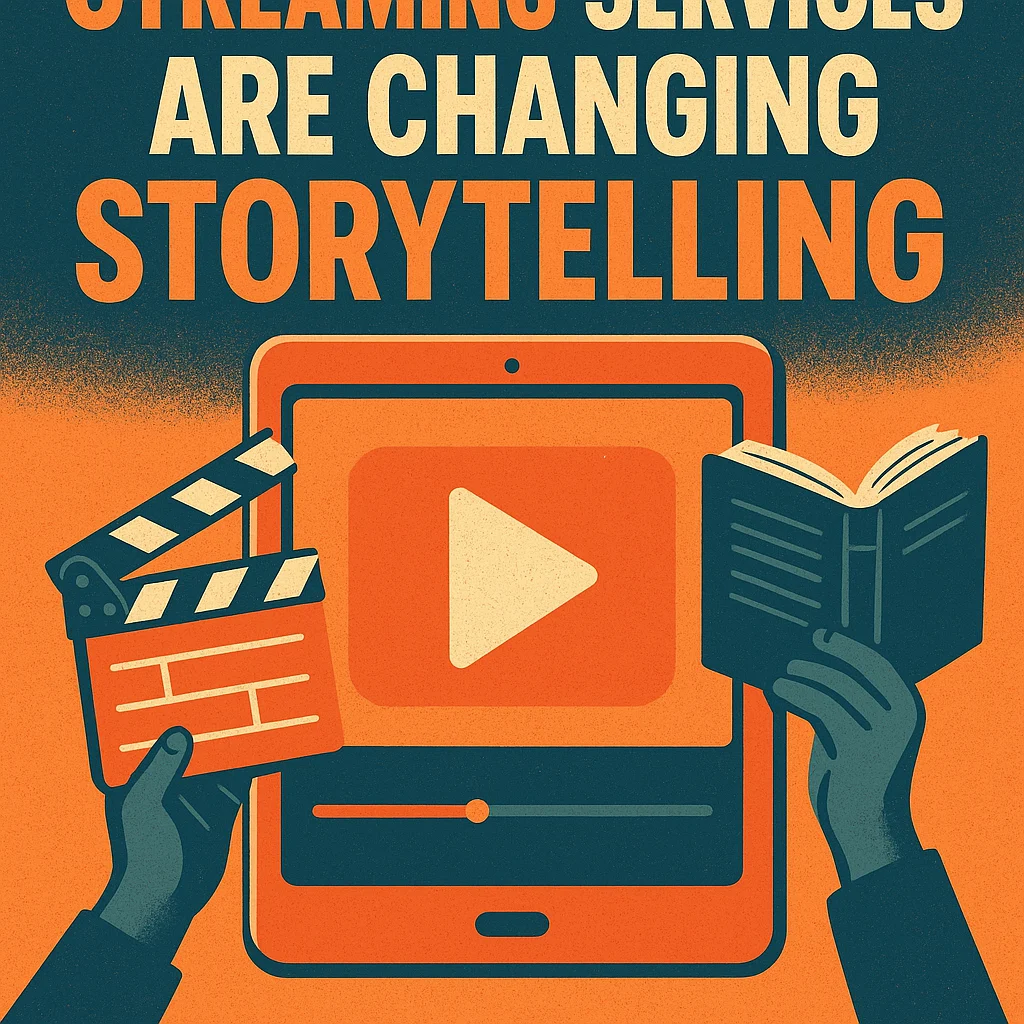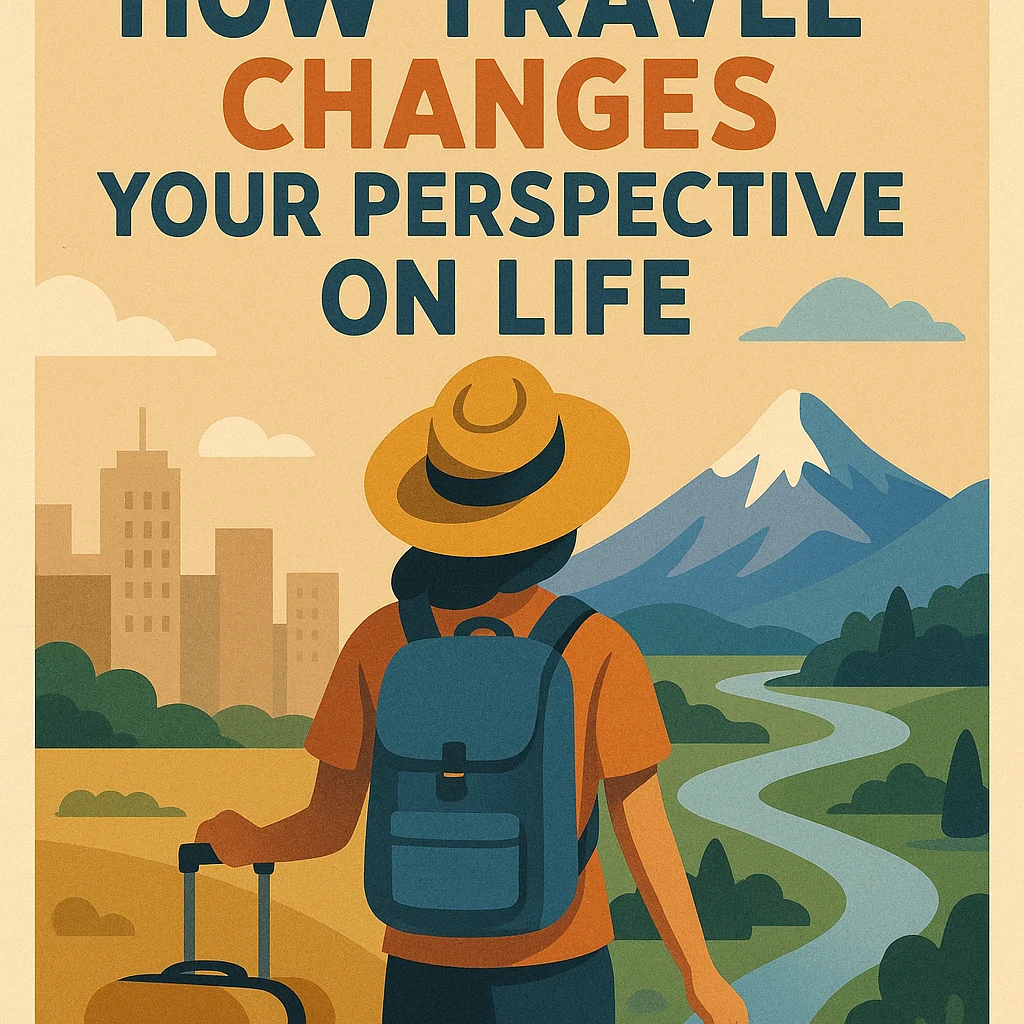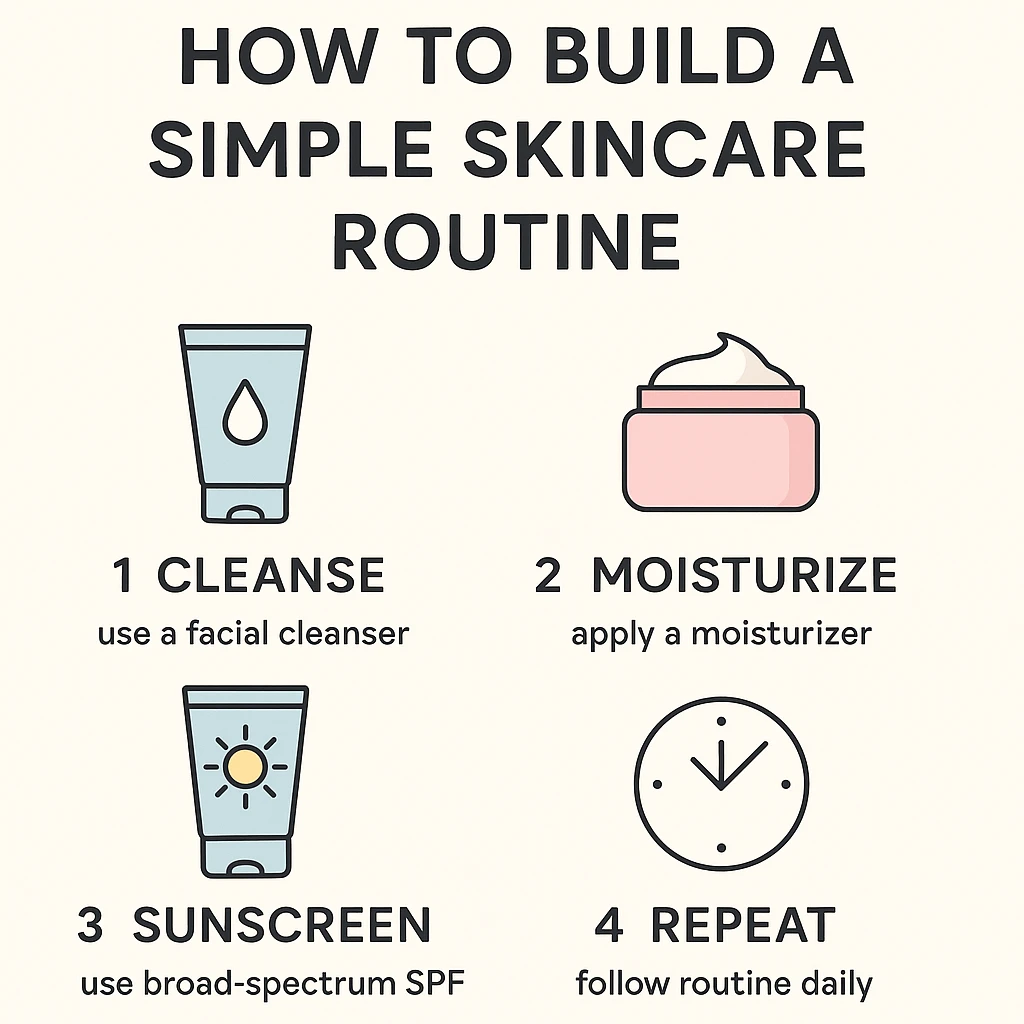Introduction
The streaming revolution has replaced television's heyday. Streaming services, such as Netflix, Amazon Prime, Disney+, Hulu, and HBO Max, have radically altered not only how we watch media but also how stories are told. Creators now enjoy unheard-of levels of creative freedom, free from censorship and strict broadcast schedules. However, that freedom also brings with it new difficulties, inventions, and changing expectations from viewers.
We'll look at how streaming services are changing the craft of storytelling in this blog, covering everything from character development and genre experimentation to narrative structure and pacing.
1. Freedom from Traditional Time Slots
The storytelling structure of traditional television was based on time slots, with sitcoms lasting 30 minutes and dramas lasting 60 minutes, all of which were interspersed with commercial breaks. As a result, the structure became predictable: teaser, act one, ad break, act two, and so forth.
On the other hand, streaming services are not limited by time. The duration of a Stranger Things episode can range from 40 to 90 minutes. This adaptability makes it possible to tell stories more naturally, serving the plot and characters rather than a set timetable.
-
Example: In The Queen’s Gambit, episodes vary in length to reflect the pace of the protagonist's journey—some slow and meditative, others intense and fast-paced.
2. Binge-Watching and Story Arcs
The binge-watch phenomenon is among streaming's most revolutionary effects. A whole season being released at once promotes binge-watching, which has a direct impact on the creation of stories.
Writers now create long-form story arcs that are meant to be consumed over several sittings rather than standalone episodes. Over the course of 8–10 hours, the emphasis switches from episodic resolution to narrative coherence.
-
Result: Characters and plots can evolve more gradually and realistically, with cliffhangers strategically placed to encourage continued viewing.
3. Global Storytelling for a Global Audience
Streaming services are available everywhere. When a Netflix series is released in the United States, it is concurrently accessible in Brazil, India, Japan, and dozens of other countries. Creators are encouraged to use culturally diverse stories, languages, and casting because of this global reach.
-
Example: Money Heist (Spain), Dark (Germany), and Squid Game (Korea) have become international sensations despite being non-English shows—a feat nearly impossible under the old TV model.
This has led to richer, more varied storytelling, with narratives that reflect a broader range of human experiences.
4. Niche Genres and Risk-Taking
In order to draw in advertisers, traditional networks prioritized wide appeal. On the other hand, streaming services frequently benefit from serving specialized markets. By guiding content to the appropriate audience, algorithms enable the growth of more unusual or experimental narratives.
-
Result: Russian Doll, Black Mirror, and The Midnight Gospel are examples of genre-bending television programs that probably wouldn't have made it on broadcast television.
Stories that are more imaginative, sinister, and unique are made possible by this data-driven risk-taking, and they will appeal to audiences weary of formulaic plots.
5. New Pacing and Editing Styles
The pacing of streaming content is more cinematic because there is no need to write around network restrictions or commercial breaks. The dialogue is more realistic, the scenes are longer, and the camera work is more ambitious.
-
Traditional TV: Often relied on fast cuts, overly expositional dialogue, and frequent "previously on..." recaps.
-
Streaming: Assumes audience attention and rewards patience, often layering storytelling over time for a more immersive experience.
Shows like The Crown and The Last of Us, whose pacing and cinematography more closely resemble movies than television, are prime examples of this aesthetic.
6. Character Depth and Flawed Protagonists
Characters with depth and moral complexity have emerged as a result of streaming services. Character psychology, motivations, and growth arcs that develop gradually over episodes or seasons are now explored by creators.
-
Example: Over the course of several seasons, the Byrde family in Ozark undergoes a character transformation made possible by long-form storytelling, going from typical suburbanites to seasoned criminals.
The result is more believable characters who feel authentic and relatable, flaws and all.
7. Interactive and Nonlinear Storytelling
Even completely new formats, such as interactive storytelling, have found a place in streaming. There are several possible outcomes in Black Mirror: Bandersnatch because viewers make choices for the main character.
Because viewers can simply fast-forward or rewatch previous episodes, nonlinear narratives are also more prevalent. Today's creators are more comfortable utilizing fractured narratives, alternate timelines, and flashbacks.
-
Example: The Witcher makes the dangerous assumption that viewers are intelligent and engaged by jumping across multiple timelines.
8. Shorter Seasons, Higher Quality
Seasons of the majority of streaming shows are shorter (6–10 episodes) than those of traditional network series (22–24 episodes). Although some complain about the brevity, this shift typically leads to tighter plots, less filler, and higher production quality.
-
Pros: Focused storytelling, better pacing, higher budget per episode.
-
Cons: Longer wait times between seasons and sometimes rushed conclusions.
Nonetheless, it's frequently advantageous for storytelling since it allows producers to put narrative integrity ahead of volume.
9. Data-Driven Content Creation
Streaming platforms make content decisions based on viewer data. Although this raises questions about how algorithms may be influencing creativity, it also enables platforms to create content that users actually want to watch.
For example:
-
Netflix noticed the popularity of political dramas and cast Kevin Spacey in House of Cards—their first original hit.
-
User watch behavior can influence renewal decisions, spinoffs, or even plot developments in ongoing shows.
While this might feel calculated, it often leads to more audience-relevant storytelling.
10. Streaming and the Democratization of Content
Lastly, gatekeeping has been lowered by streaming services. These days, independent producers can distribute their work through websites like Vimeo, YouTube, and Amazon Prime Video Direct. The ability to tell stories outside of the studio system is another benefit of crowdsourced funding, such as that provided by Kickstarter or Patreon.
This democratization leads to:
-
More diverse voices behind and in front of the camera.
-
A wider range of topics, perspectives, and storytelling techniques.
-
Faster emergence of indie cult hits like High Maintenance or Broad City, which began online before getting picked up by networks.
Conclusion
More than just changing how people watch TV, streaming services have completely changed the way that stories are told. They have made room for more inventive, inclusive, and immersive narratives by eliminating the previous constraints of time, location, and censorship.
Viewers will have more options and be more involved as a result. Less obstacles and more chances to tell the important stories are what it means for creators.
Storytelling will continue to change as the streaming landscape develops due to the emergence of AI-driven content, virtual production, and interactive formats. There is no doubt that storytelling will not have a dull future.





Leave a Reply